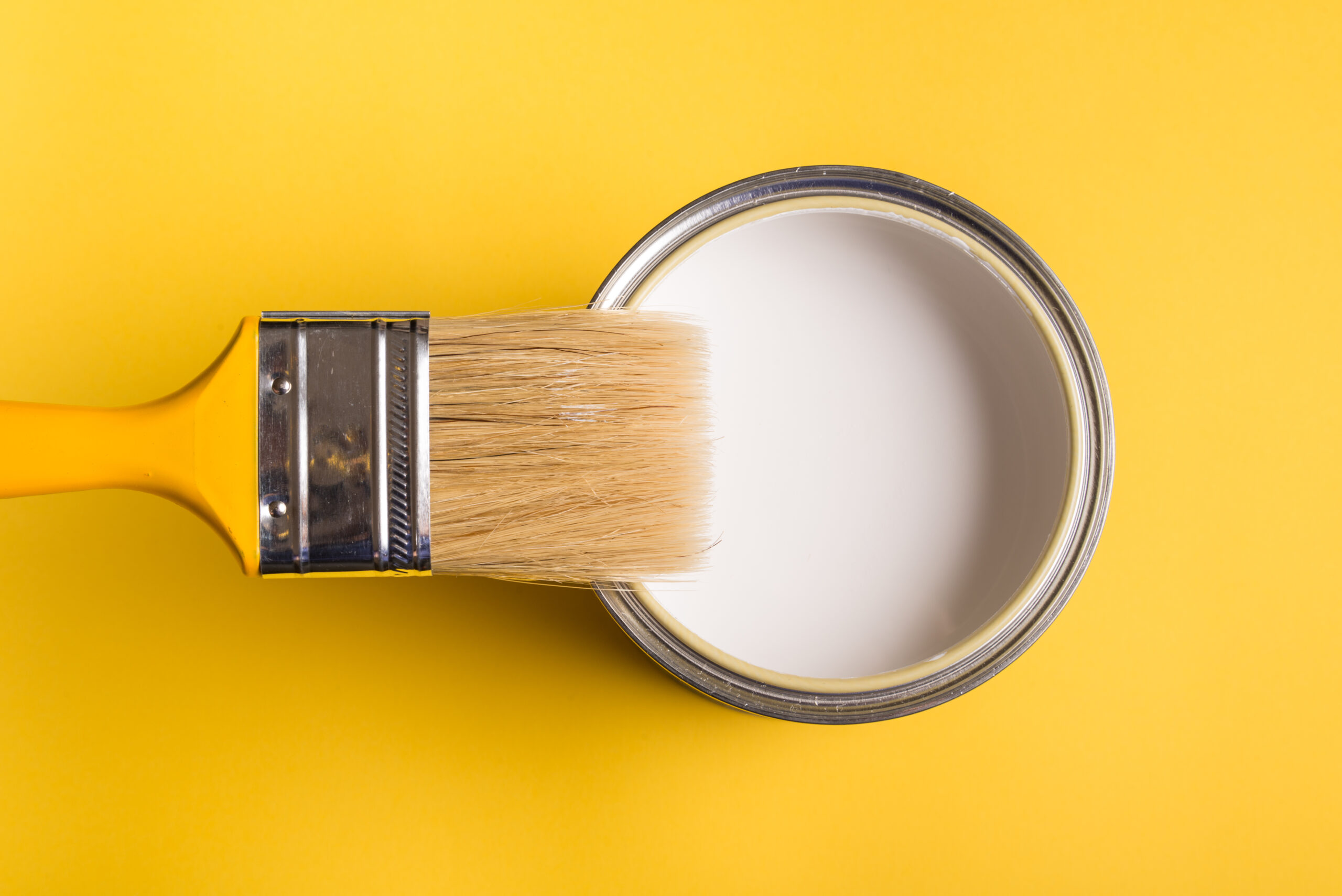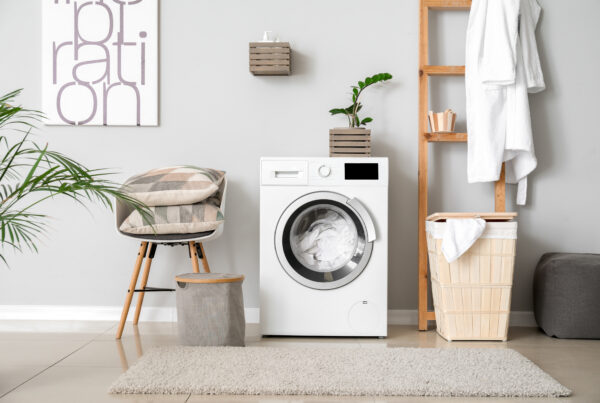Paints and coatings are very good examples of how microbial control technology is used. Microbial control products preserve materials, e.g. stabilise a can of paint before its application, while also being able to protect the material the paint is applied to, such as wood or other building and construction materials.
Today there is a growing demand for paint with lower or no solvent emissions, latest for environmental reasons. But without the use of bactericides, also referred to as wet-state or in-can preservatives, safer and more sustainable water-based paints would very quickly deteriorate before consumer use or shortly after. Without dry-film preservatives, the paint applied to a surface would lack the ability to protect itself and the substrate from attacks by fungi, algae and lichens, an impact that is magnified in outdoor conditions. Latex emulsions and aqueous bases used to manufacture latex paints provide the ideal breeding ground for microbial growth. Without microbial control solutions, paints would completely break down during storage and would lose all viscosity, texture, and adhesion ability.
Thanks to modern antimicrobial technology, water-based paint cans now last several years and the finished coatings they produce will also last much longer. Longevity is especially important because changes to our climate and the greater use of insulation materials in our homes have made it much easier for microorganisms to grow on the exterior walls of our houses and on outdoor furniture.






